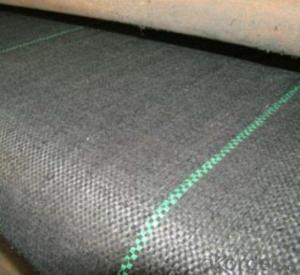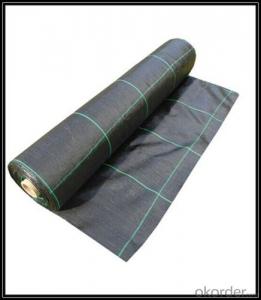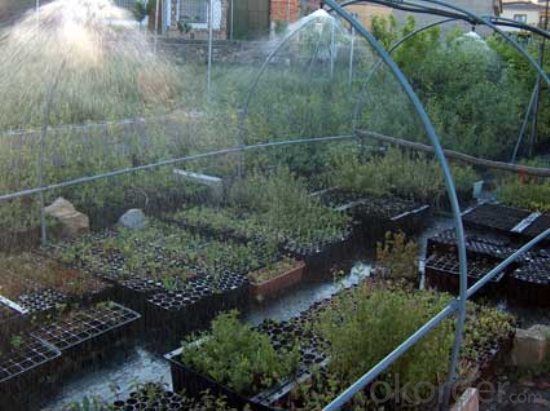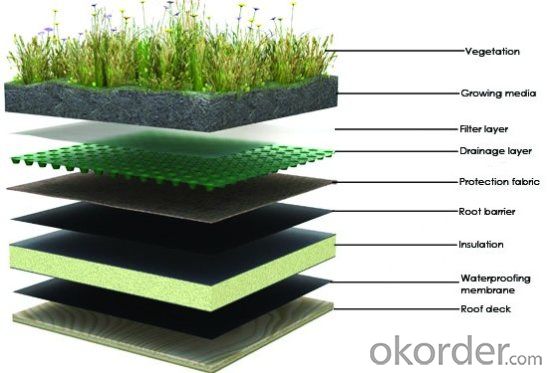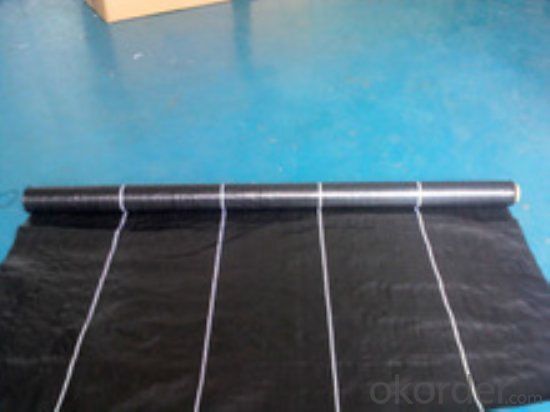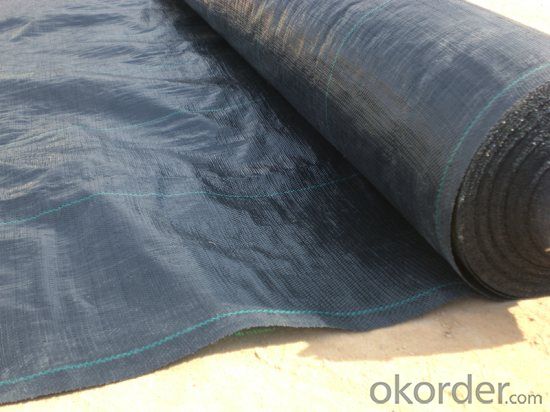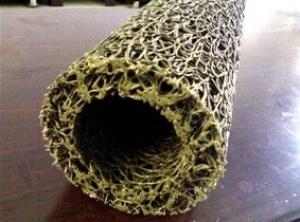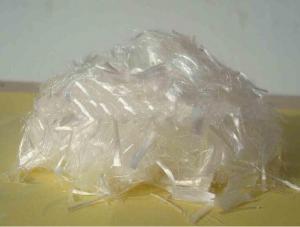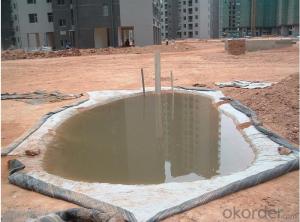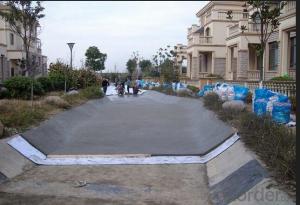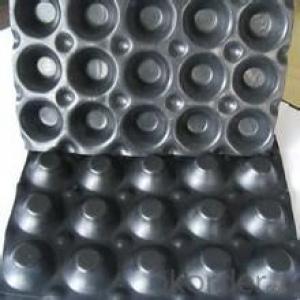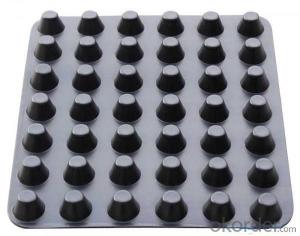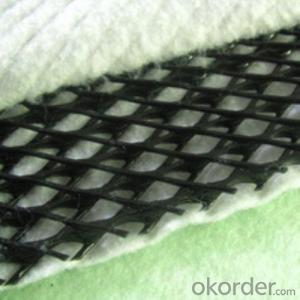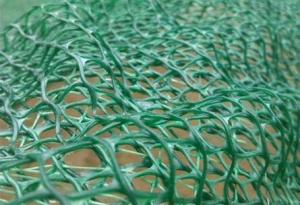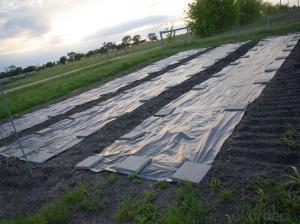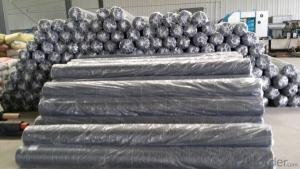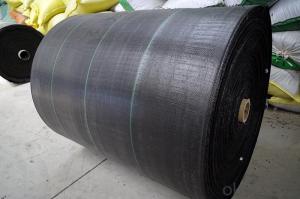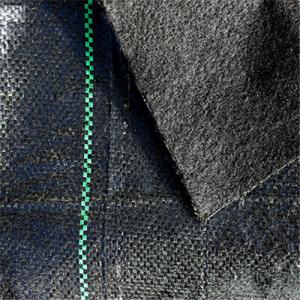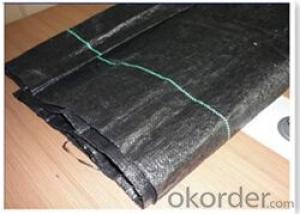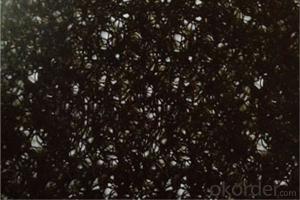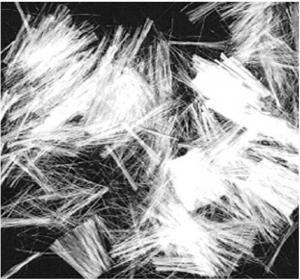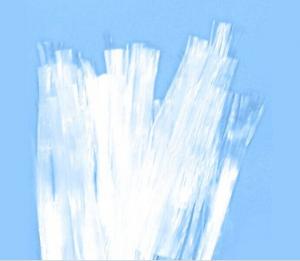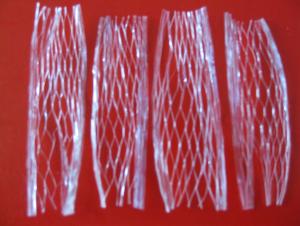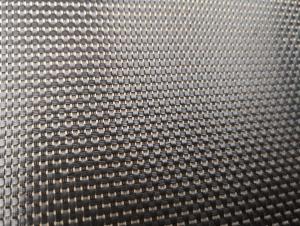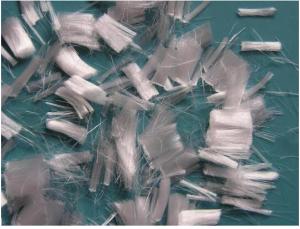Weed Control Fabric for Green Plants Stab Resistant
- Loading Port:
- Qingdao
- Payment Terms:
- TT or LC
- Min Order Qty:
- 5000 m²
- Supply Capability:
- 100000 m²/month
OKorder Service Pledge
OKorder Financial Service
You Might Also Like
Weed Control Fabric for Green Plants Stab Resistant
Description Of Weed Control Fabric for Green Plants Stab Resistant
This Weed Control Fabric consists of two layers of geotextiles, (one is Needle-punching Non-woven, the other is PP woven) composited by heating bonding or needle-punch process.
Main Features of Weed Control Fabric for Green Plants Stab Resistant
1. Weed eliminating
2. Strong UV-proofing
3. Humidity-maintaining, to provide soil with expected fertilizer and air
4. Extraordinary penetration of water and air
5. Excellent tenacity and strength
6. Durable, mildew resistance and corrosiveness resisting
7. Light weight to facilitate installation and to follow natural ground profile
8. Suitable for landscape, board and pavement
9. High quality, low price and fashionable design
10. Long service life
Applications of Weed Control Fabric for Green Plants Stab Resistant
1. UV-Resistance
2. Good penetration of water and air
3. This environment-friendly Weed Control Fabric eliminates the use of herbicide
4. Composition of Woven Fabric and Non-woven seems both fashionable and economically durable.
IMages of Weed Control Fabric for Green Plants Stab Resistant
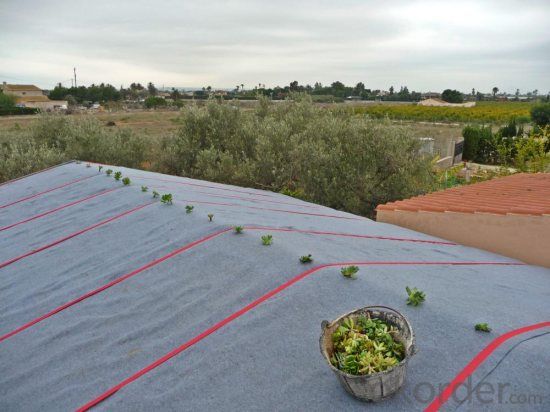
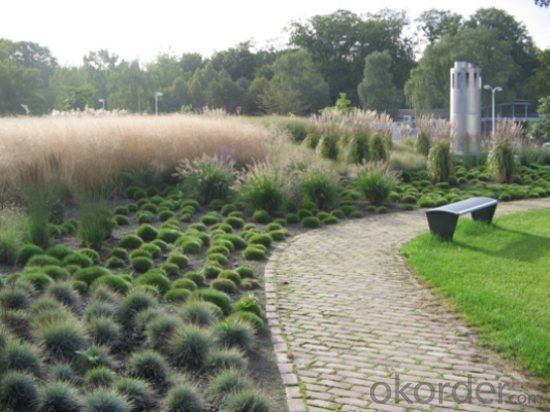
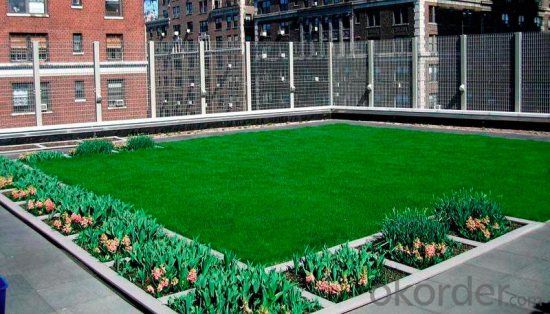
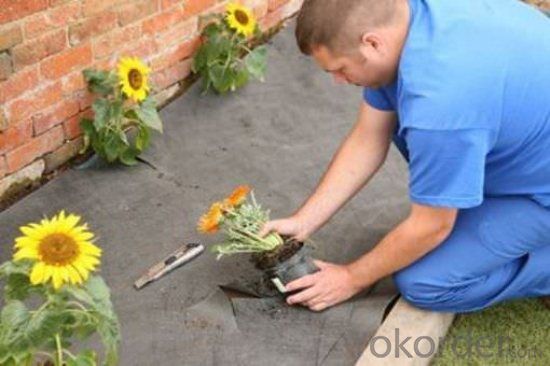
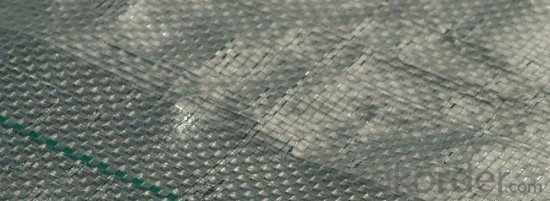
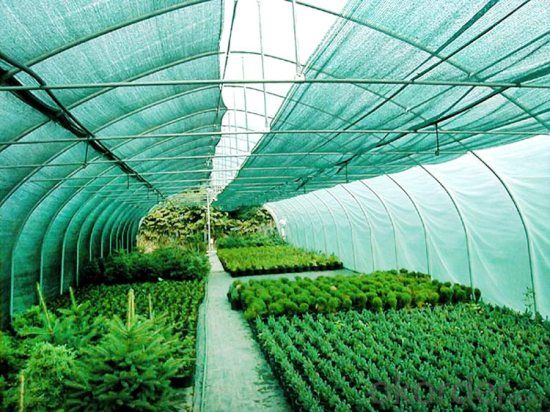
FAQ:
1. What are we supplying?
We are specialized in producing .geotextile , geocell, geogrid, geomembrane
2. How Many years experience do we have?
We have been exported to more than 15 countries in the past 10 years.
3. How long do we usually reply your request?
We always reply our customer within 12 hours.
- Q: Can earthwork products be used in mining and excavation projects?
- Yes, earthwork products can be used in mining and excavation projects. These products, such as geotextiles, geogrids, and geomembranes, are commonly utilized in these projects to enhance soil stability, prevent erosion, control sedimentation, and provide reinforcement for various structures.
- Q: How are geosynthetic clay liners used in earthwork?
- Geosynthetic clay liners (GCLs) are used in earthwork as a barrier system for containment applications. They are typically placed between layers of soil or other materials to prevent the migration of liquids, gases, or contaminants. GCLs consist of a layer of bentonite clay sandwiched between geotextile fabrics, providing both hydraulic and physical properties that enhance their effectiveness. They are commonly used in landfill caps, basins, ponds, and other construction projects where environmental protection is crucial.
- Q: How do earthwork products help with soil stabilization?
- Earthwork products help with soil stabilization by providing a physical barrier that prevents erosion and reduces the movement of soil particles. They can be used to reinforce slopes, control water flow, and protect against the impact of heavy machinery or foot traffic. Additionally, these products can improve the overall stability and load-bearing capacity of the soil, ensuring long-term durability and preventing soil degradation.
- Q: How are geotextile mats used in erosion control on slopes?
- Geotextile mats are used in erosion control on slopes by providing stability and reinforcement to the soil. These mats are placed on the slope surface and serve as a barrier that prevents the soil from being washed away by rainfall or surface runoff. The mats also allow water to pass through, which helps in maintaining proper drainage and reducing the risk of slope failure. Additionally, geotextile mats promote vegetation growth by acting as a protective layer, allowing plants to establish their roots and further strengthen the slope against erosion.
- Q: What are the advantages of using geonets in geothermal energy systems?
- Geonets offer several advantages in geothermal energy systems. Firstly, they provide efficient heat transfer by maximizing the contact between the ground and the working fluid, enhancing the system's overall thermal performance. Additionally, geonets aid in the stabilization of surrounding soil and prevent settling, ensuring the longevity and stability of the geothermal infrastructure. Geonets also facilitate systematic and uniform distribution of the working fluid, optimizing energy extraction from the ground. Overall, the use of geonets enhances the efficiency, reliability, and longevity of geothermal energy systems.
- Q: How do earthwork products contribute to soil stabilization?
- Earthwork products such as geotextiles, geogrids, and geocells play a vital role in soil stabilization by providing reinforcement, erosion control, and drainage. These materials are designed to increase the shear strength of the soil, prevent soil erosion, and enhance its load-bearing capacity. By distributing the forces exerted on the soil, these products help in reducing soil settlement, improving slope stability, and preventing landslides. Additionally, they promote water drainage, preventing waterlogging and the subsequent weakening of the soil. Overall, earthwork products act as a protective layer, enhancing the stability and longevity of the soil.
- Q: What are the specific applications of geocomposites in earthwork projects?
- Geocomposites have various specific applications in earthwork projects, including soil stabilization, erosion control, drainage systems, and slope reinforcement. They are used to enhance the strength and stability of soil, prevent erosion by facilitating water drainage, and reinforce slopes to prevent landslides. Geocomposites also help in reducing construction costs and improving the overall efficiency and durability of earthwork projects.
- Q: Are earthwork products suitable for use in wetland restoration?
- Yes, earthwork products can be suitable for use in wetland restoration. These products, such as soil, sediment, or fill materials, can be used to reshape wetland landscapes, create specific hydrological conditions, or enhance habitat features. However, proper consideration must be given to the source and quality of the materials, to ensure they are free from contaminants and meet the specific needs of the wetland ecosystem being restored. Additionally, the use of earthwork products should be accompanied by careful planning, monitoring, and adaptive management to minimize potential impacts on the wetland and ensure successful restoration outcomes.
- Q: Can earthwork products be used in wildlife habitat restoration?
- Yes, earthwork products can be used in wildlife habitat restoration. These products, such as soil, gravel, and stones, can be strategically utilized to create or enhance various elements of wildlife habitats, such as ponds, wetlands, and land contours. Earthwork products can help provide suitable environments for different species, support biodiversity, and restore natural ecosystems.
- Q: What are the advantages of using geosynthetic clay liners?
- Geosynthetic clay liners offer several advantages, such as excellent hydraulic conductivity, high chemical resistance, and durability. They provide an effective barrier against contaminants and reduce the risk of groundwater contamination. Additionally, they are easy to install and maintain, cost-effective, and have a long lifespan, making them a preferred choice for various applications, including landfill liners, containment ponds, and wastewater treatment facilities.
Send your message to us
Weed Control Fabric for Green Plants Stab Resistant
- Loading Port:
- Qingdao
- Payment Terms:
- TT or LC
- Min Order Qty:
- 5000 m²
- Supply Capability:
- 100000 m²/month
OKorder Service Pledge
OKorder Financial Service
Similar products
Hot products
Hot Searches
Related keywords
